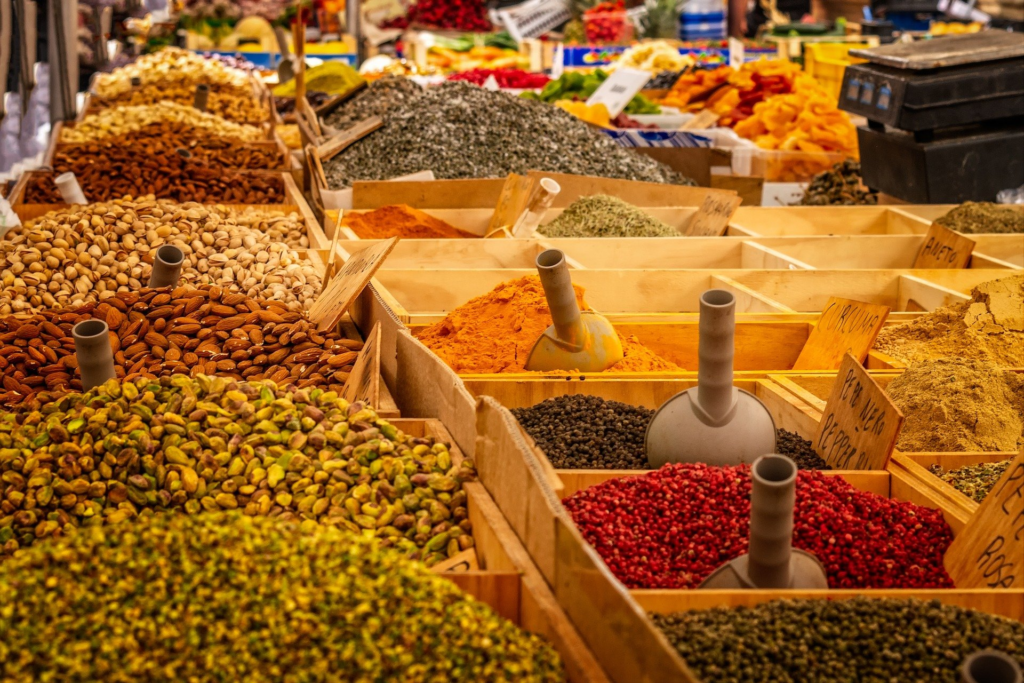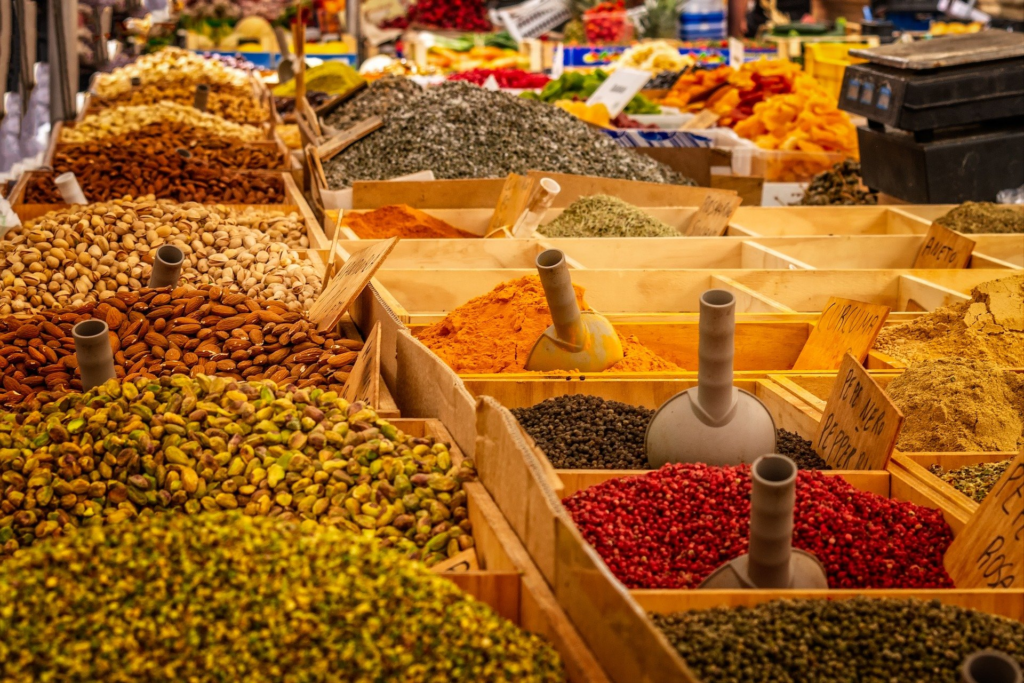Definition of comparative advantage: the efficiency and effectiveness with which an economy can produce a good or service relative to other economies.
What is comparative advantage?
Comparative advantage is a piece of economic theory which suggests how an economy can succeed in the world of international trade. You’ll see it featured in the microeconomics sections of the best economics books.
It simply states that each country should focus on producing the goods in which they have the lowest opportunity cost.
Let’s unpack that rule of thumb.
The opportunity cost is the goods and services which a country could have produced as an alternative, with the same workforce and capital investment etc.

Therefore choosing the goods & services with the lowest opportunity cost simply means choosing the product which the country can produce most efficiently relative to its other options.
A working example of comparative advantage theory in action
Let’s use Thailand and Germany as examples, and pretend they are in a world of their own for the time being.
| Thailand | Germany | |
| Cost of production | Cost of production | |
| Food (1 tonne) | 1 | 3 |
| Vehicle (1 car) | 3 | 6 |
The table above shows two goods – good and vehicles. It also gives an indicate ‘cost’ to produce each – a figure representing the cost of labour and machinery required to produce each good in each country.
The figures differ because each country has a different ability to produce efficiently. Thailand has lowest labour costs, which makes farming quite inexpensive, however it doesn’t have cutting edge investment in automated vehicle production lines.
Germany has higher labour costs, so farming a tonne of food is much more expensive than Thailand. However, due to efficient factories, Germany only has to spend twice as much to produce a car.
Now we can apply the theory of comparative advantage to answer the question – which product should each country produce?
Applying comparative advantage theory definition
Let me ask you a question – in a world of global trade – what should these countries do?
If you hadn’t studied the theory of comparative advantage, you may conclude that Thailand should produce both food AND cars.
This appears to make sense because it can produce both products at a lower cost than Germany.
If it can undercut the prices of German farmers AND car manufacturers, it should be able to export plenty of each to maximise its country income, correct?
Comparative advantage theory disagrees! It comes to a very different conclusion, and I’ll explain why.
| Thailand | Germany | |
| Cost of production | Cost of production | |
| Food (1 tonne) | 1 | 3 |
| Vehicle (1 car) | 3 | 6 |
| Food : vehicle ratio | 1 : 3 | 1 : 2 |
To return to the original definition, comparative advantage is not about which country can make goods for the lowest cost.
It’s the product which can be made for the lowest opportunity cost which has a comparative advantage.
For every 1 vehicle made by Germany, it would forgo 2 tonnes of food, which it could have made for the same cost.
For every vehicle made by Thailand, it would forgo 3 tonnes of food.
This means that despite its higher costs in absolute terms, Germany has a comparative advantage when building cars, because it’s opportunity cost is lower. Prices might be generally higher, but Germany’s economy gives up less in terms of other goods and services to be able to produce one.
Turning the tables around, and we would conclude that Thailand has a comparative advantage when producing food (they must sacrifice 0.333 cars) compared to Germany (who need to sacrifice 0.5 cars).
Therefore, the theory would conclude that Thailand will maximise its income by producing and exporting food, while Germany will maximise its income by focusing on vehicle production & export.
The counter intuitive angle of comparative advantage
Even if you’re keeping up, you may be still scratching your head.
Why would Thailand buy cars from Germany costing 6 when they could make the same cars for a cost of 3 at home?
This answer does make sense when you consider the broader picture and think in terms of goods and services rather than just money. The objective of any economy is to maximise the total value of goods and services produced.
If Thailand produced a car, it would have sacrificed 3 tonnes of food to do so.
It is much more efficient to produce three tonnes of food and export this to Germany, where you can expect to earn an income of 3 per food, given this is the local cost of production.
With exports worth 9, Thailand should then find it easy to purchase a vehicle for less than this (German cost of production is only 6) and still have money leftover. This surplus represents the efficiency of this trade versus producing the vehicle in Thailand.
This is of course a very simplistic example. We’ve only used two countries and two products. But this does accurately demonstrate that it makes economic sense for countries to import products from higher-cost countries. By doing so, this allows them to focus their finite resources on producing other goods very efficiently which will have a higher relative value in worldwide markets, and will produce more wealth overall.
Measuring the success of comparative advantage through total production
An easy way to underline the success of Thailand’s food choice and Germany’s vehicle choice is to look at the total production of this tiny global economy if both countries specialised 100% in their comparative advantage product.
Let’s imagine that each country has a finite resource of 100 per year, representing the size of their labour force and land etc.
Using the costs of production in the table above, Thailand could produce 100 food, and Germany would produce about 17 vehicles.
Had each country decided to neglect their competitive advantage and produced the opposite product, Thailand would have produced 33 cars and Germany would have produced 33 food.
That’s 17 additional cars, but 67 less food. That’s almost 4 less food for each car gained. This worse trade-off than either country would accept based on their relative costs of production. The world economy is clearly worse off when countries refuse to outsource some production to more efficient countries.
Comparative advantage in the global economy today
The theory of comparative advantage demonstrates that if each country uses this rule to focus their finite resources on producing goods and services, this will benefit the world economy as well as each country individually.
You will notice that each countries individual incentives are aligned with the needs of the world, which is helpful. This means that comparative advantage appears to work naturally as an invisible law of economies, rather than requiring legislation or regulation to uphold it.

How is the phrase comparative advantage used in a sentence?
“If each country specialises in their comparative advantage, this will result in a more efficient allocation of world resources to maximise total output.“
How does the definition of comparative advantage relate to investing?
Investors will see stock markets rise and fall in response to news about the progress of trade deals between major economies or blocs of countries.
More and more trade deals between countries is a natural consequence of comparative advantage.
The easier that goods can flow between countries with low tariffs and taxes, the better each country can focus on their comparative advantage, rather than being encouraged to produce local products inefficiently due to the perverse incentives introduced by these taxes.